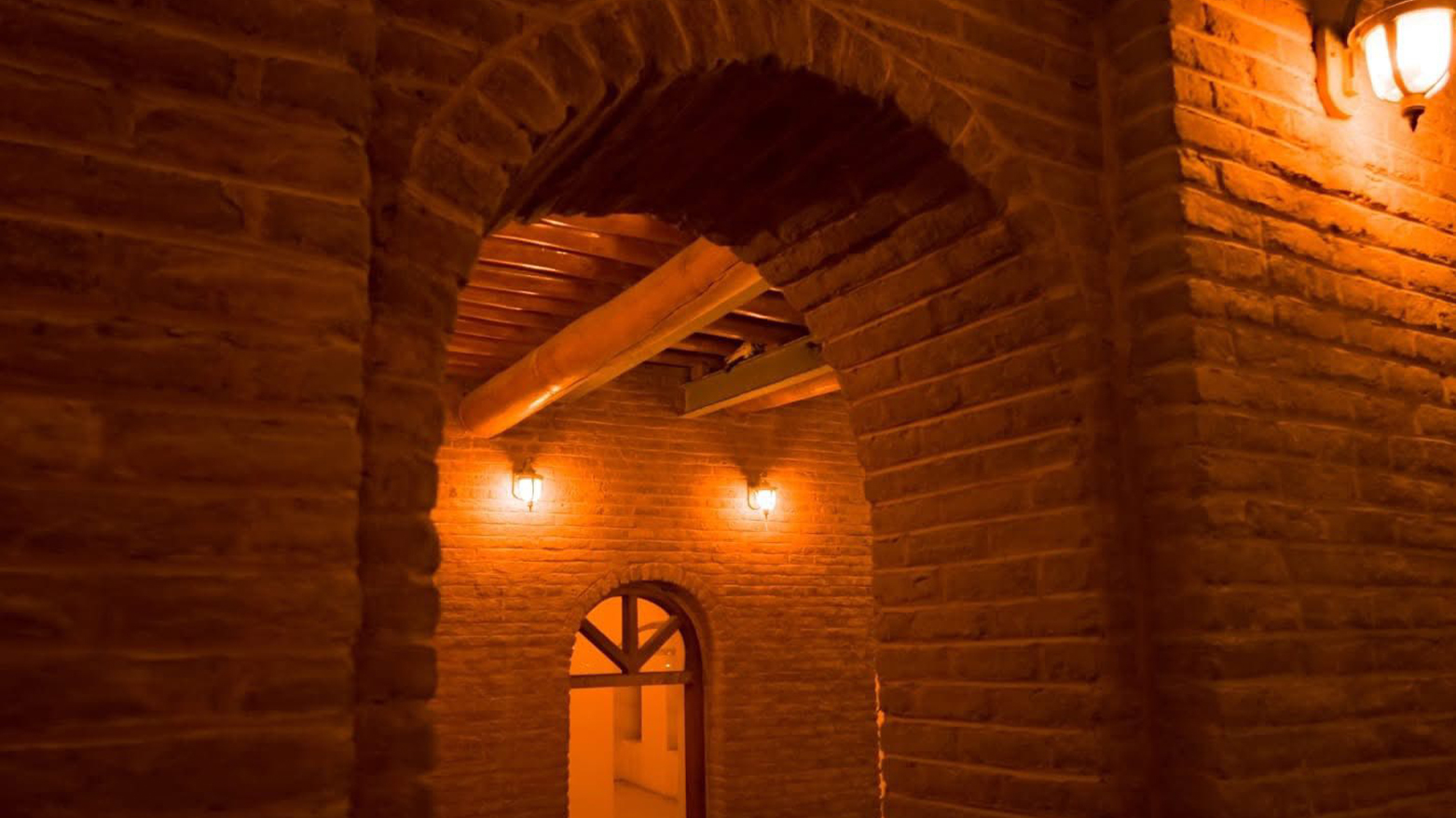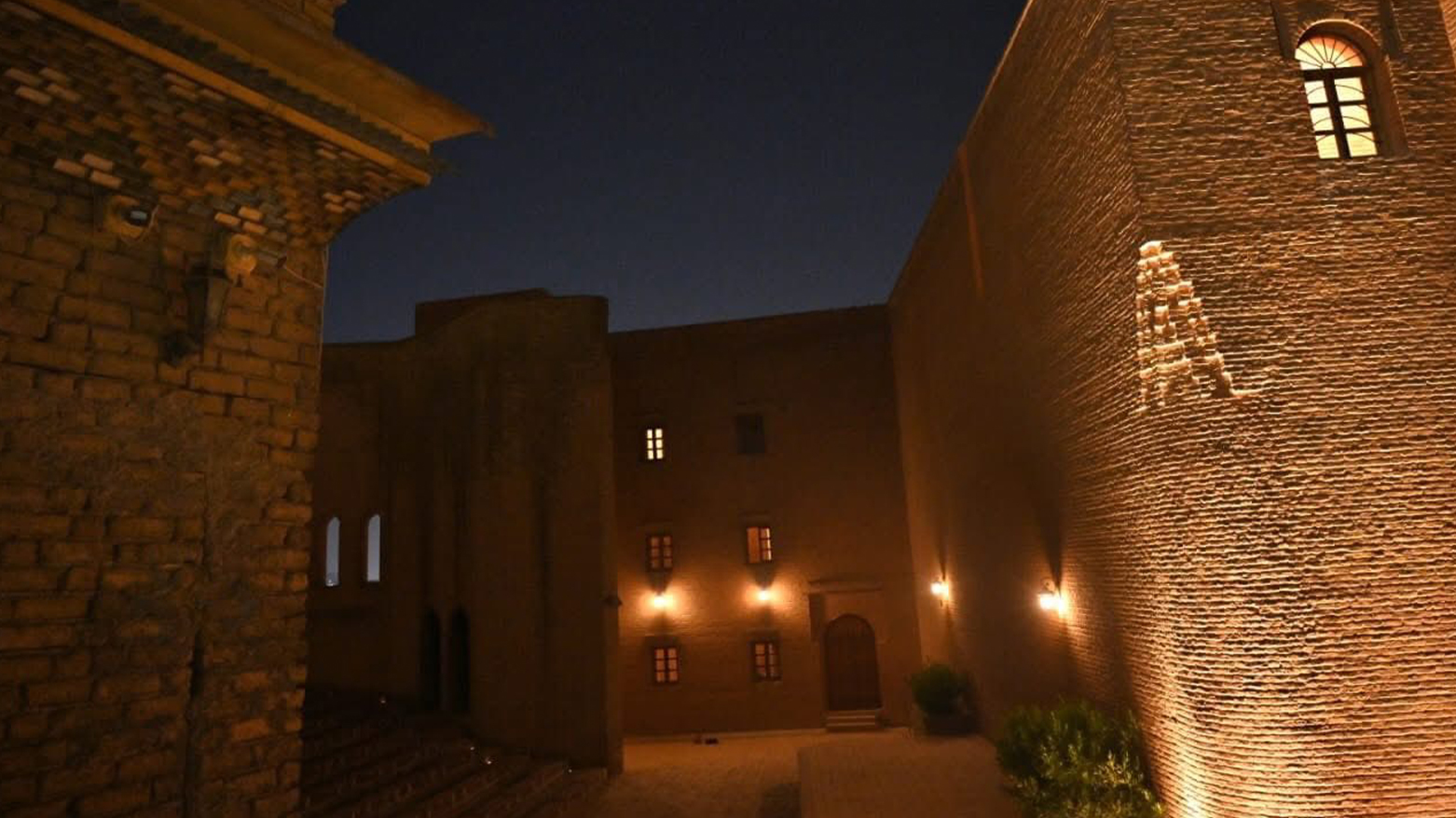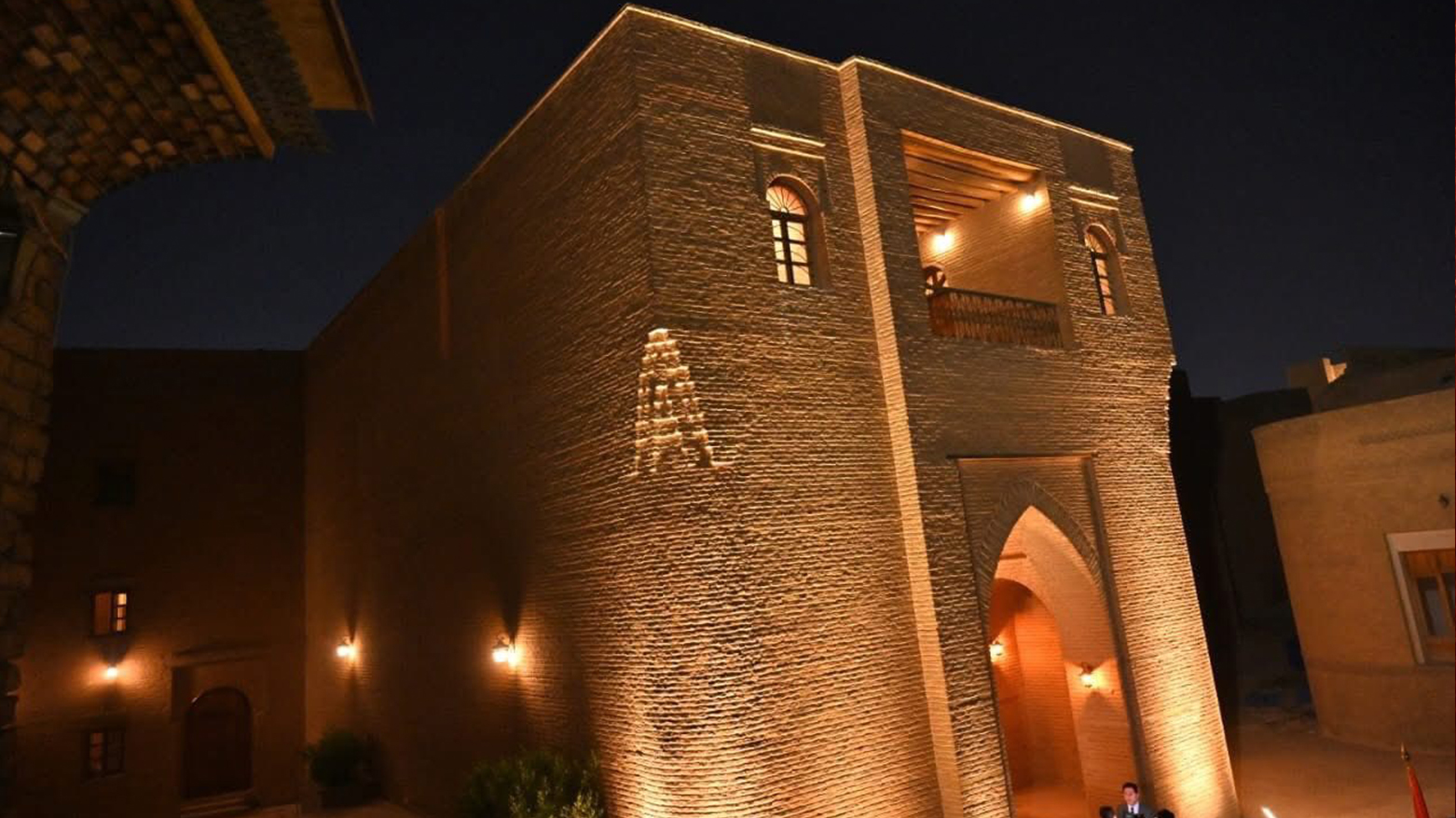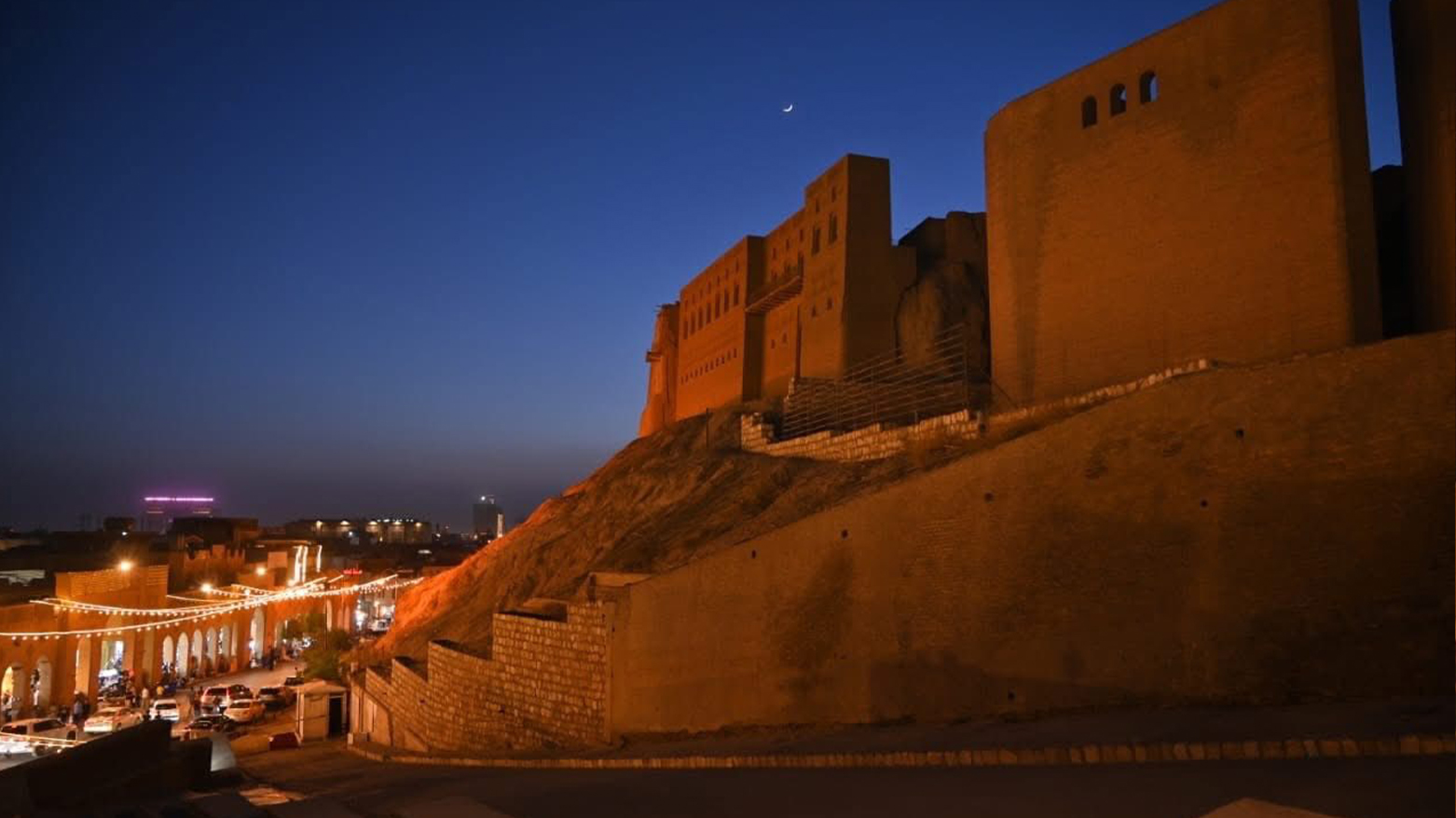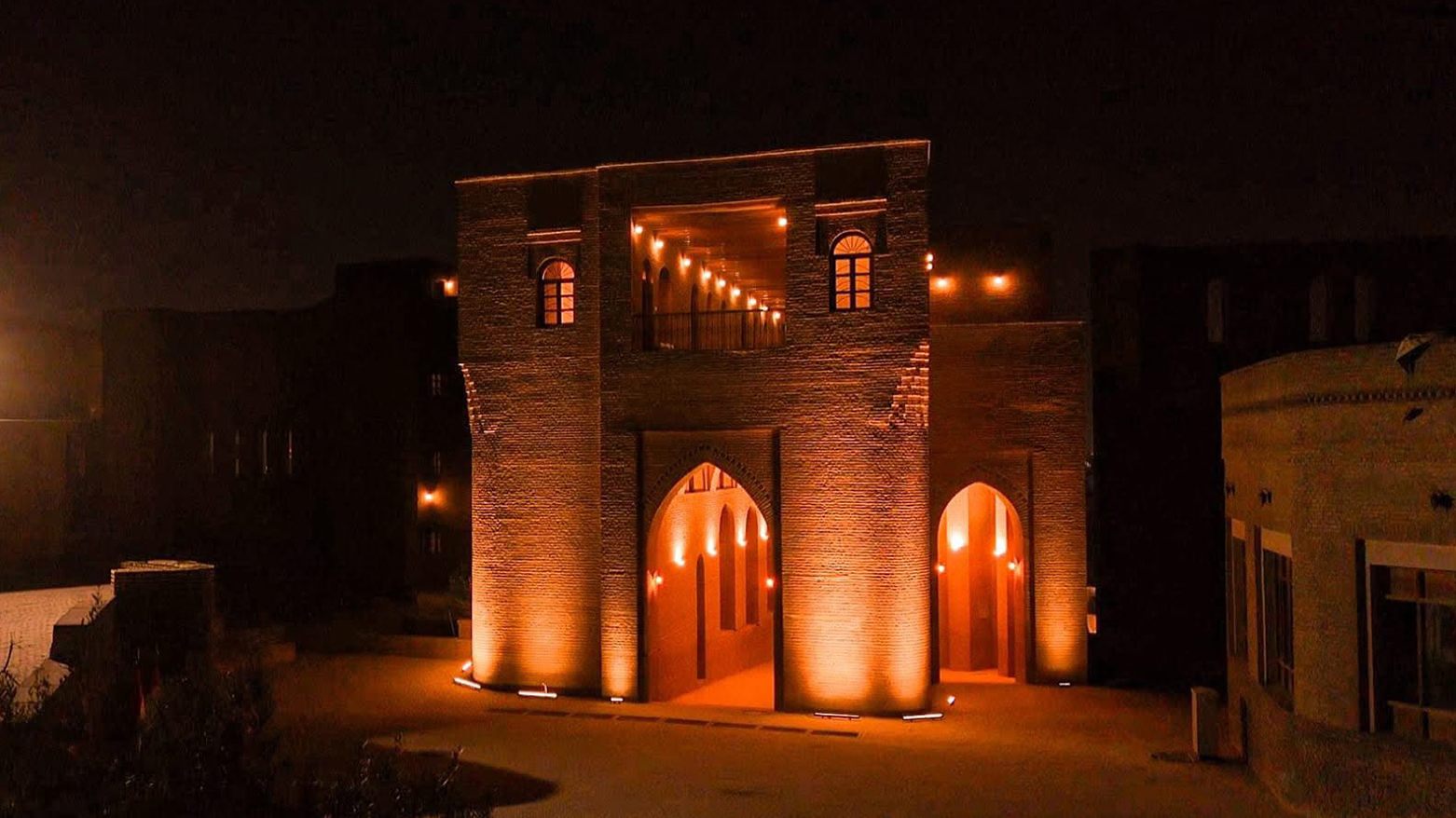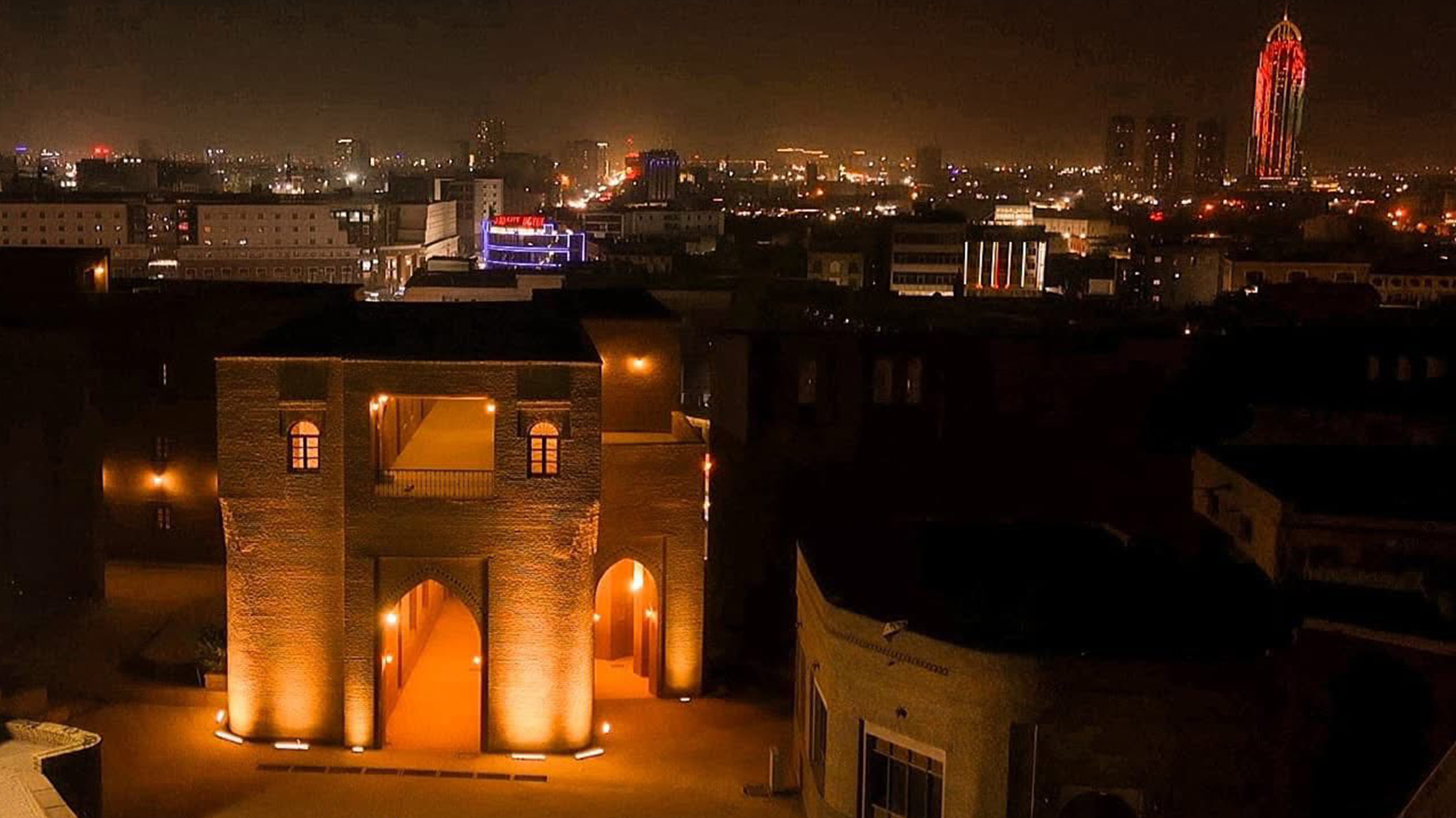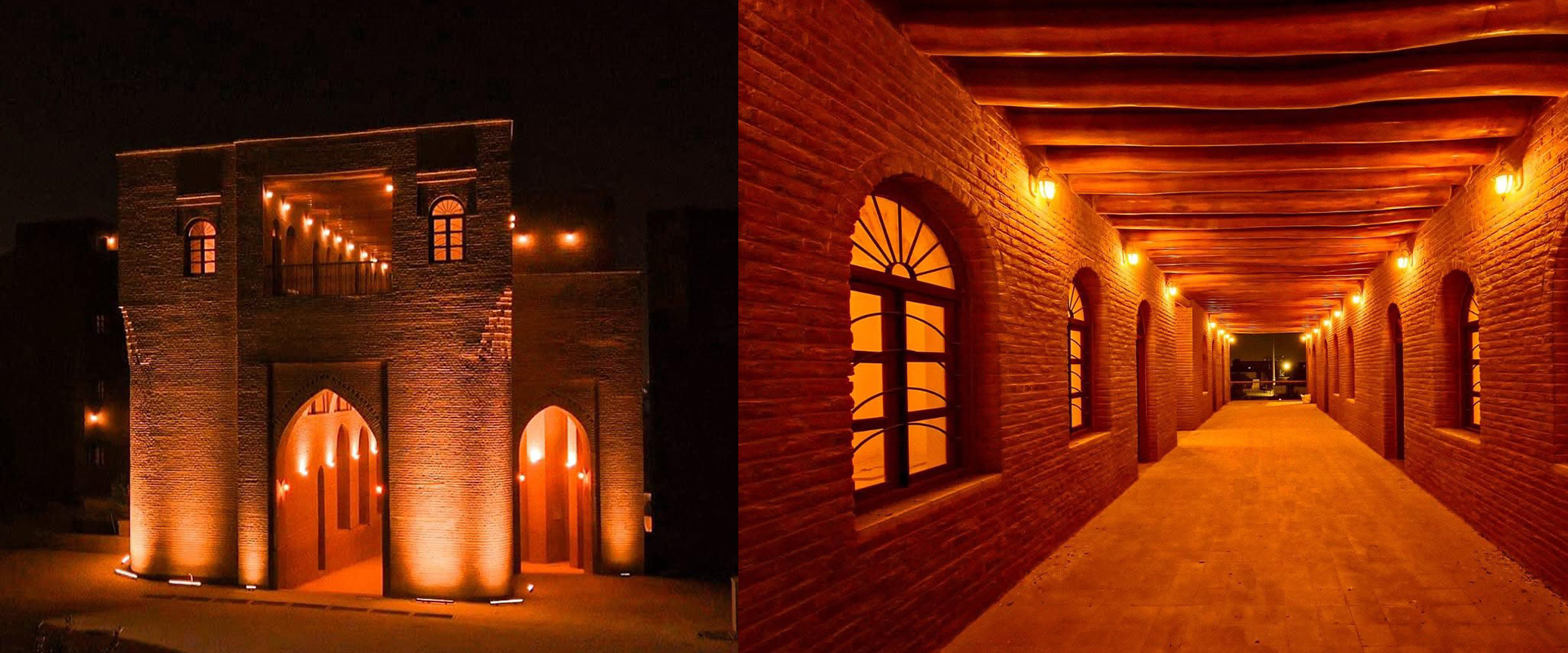
Second Phase of Erbil Citadel Lighting Project Implemented
By Kamaran Aziz
ERBIL (Kurdistan24) – Three weeks after the symbolic partial lighting of Erbil Citadel’s perimeter, the pulse of life within the ancient stronghold is growing steadier, as restoration efforts intensify and new signs of habitation begin to emerge.
On Thursday evening, Kurdistan24 gained exclusive access to updated developments inside the Citadel complex, where a fuller ring of restored structures now glows nightly with a warm, amber light — a visual pledge to the citadel’s evolving future as a living, breathing neighborhood. What was once a monumental shell is steadily becoming, once more, a center of Kurdish urban continuity.
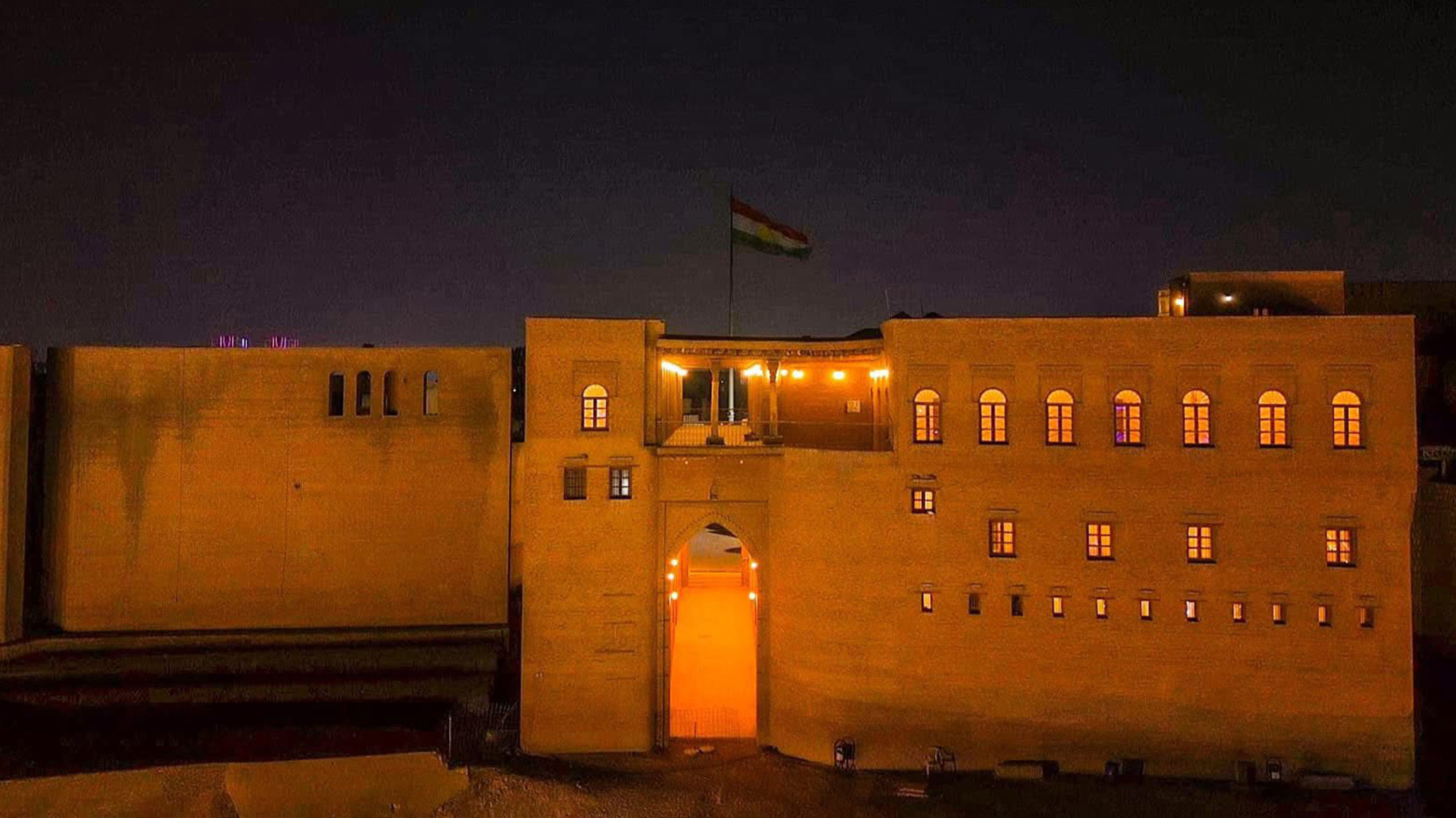
Following the completion of the first phase of the Erbil Citadel lighting plan, the second phase was implemented tonight, May 29, 2025.
Falah Hassan, Head of the High Commission for the Revival of Erbil Citadel, confirmed the latest phase of restoration now includes the completion of external façades on nearly 80% of the perimeter houses, with internal refurbishments progressing in parallel. “This isn’t just lighting up stone; it’s the rekindling of memory and identity,” he told Kurdistan24. “We are close to welcoming the first Kurdish families back into their ancestral homes by the end of this year.”
Hassan also acknowledged the critical role of government support in accelerating the project. Speaking exclusively to Kurdistan24 English, he stated, “We are grateful for Prime Minister Masrour Barzani’s decision to transfer the Commission from the authority of the Erbil Governorate to the jurisdiction of the Council of Ministers under his direct supervision — a move that has greatly facilitated the restoration process.”
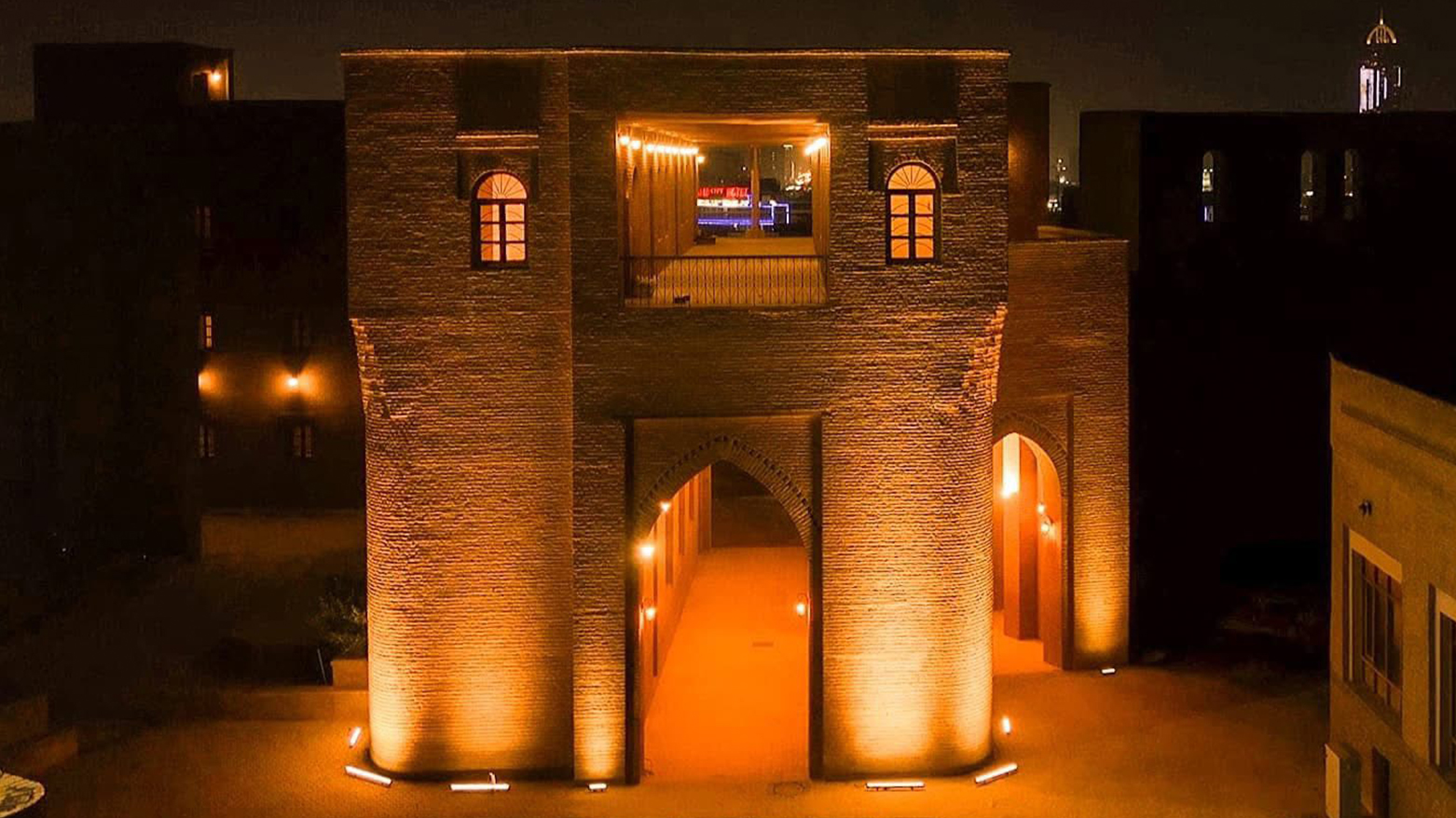
“This isn’t just lighting up stone; it’s the rekindling of memory and identity,” he told Kurdistan24. “We are close to welcoming the first Kurdish families back into their ancestral homes by the end of this year.”
The gradual reactivation of residential life inside the citadel is a cornerstone of the master plan. Officials revealed that a short-listing process for eligible residents — prioritizing Erbil families with direct historical ties to the site — is underway. Selected homes will retain their original architectural character, with interiors subtly adapted for modern livability.
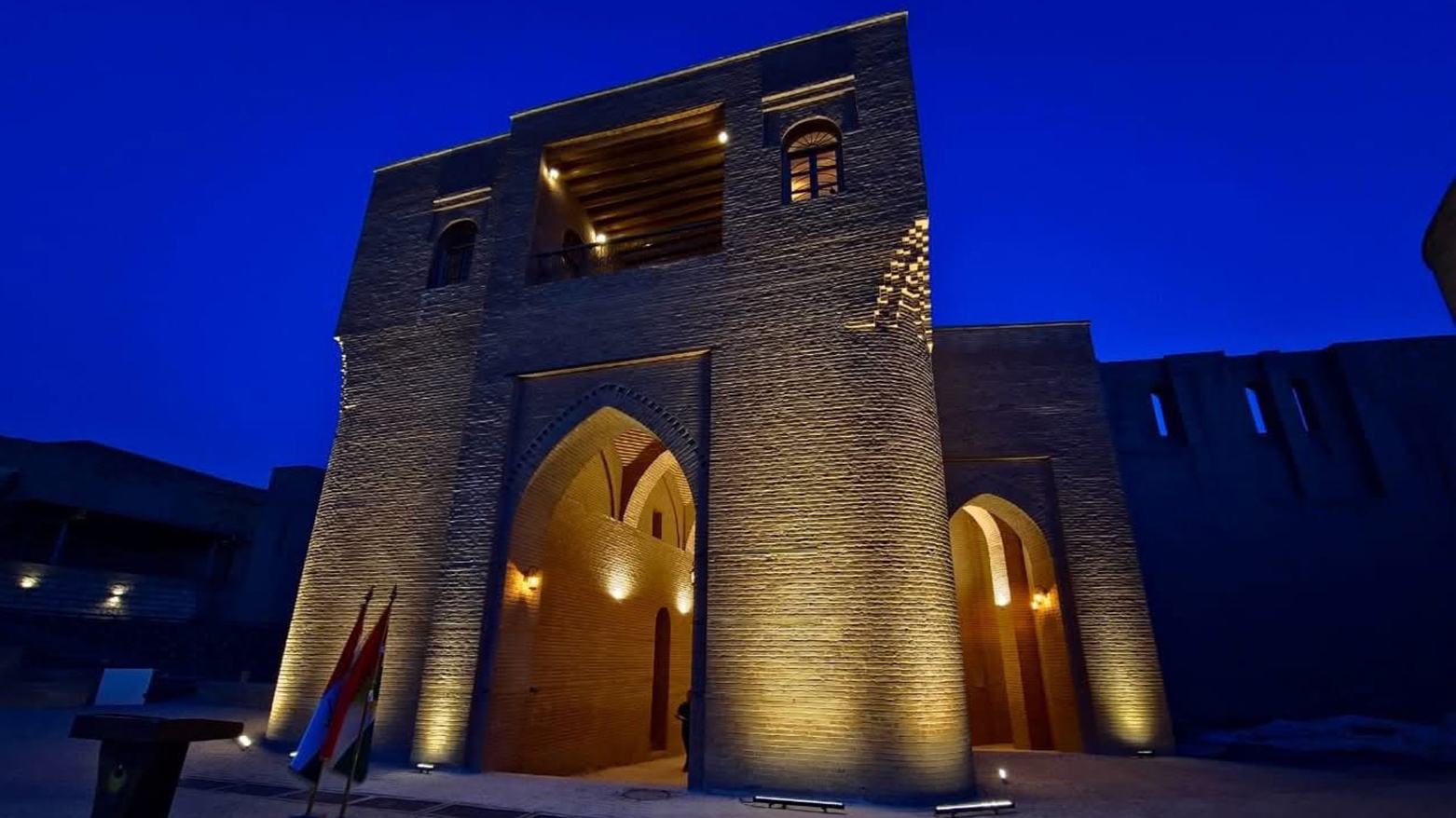
Among the most ambitious ongoing efforts is the interior renovation of the Grand Mosque, whose intricate plasterwork, wooden minbar, and historic mihrab are being painstakingly restored by local artisans under the supervision of heritage experts. The mosque reopening is expected to coincide with the return of the residents, reinforcing the citadel’s dual role as spiritual sanctuary and urban nucleus.
Elsewhere, work continues on reviving the hammams and tekiyas — vital elements of Kurdish communal life in the Citadel throughout its history — alongside plans to house cultural institutions and art collectives that can animate the citadel with year-round activity.
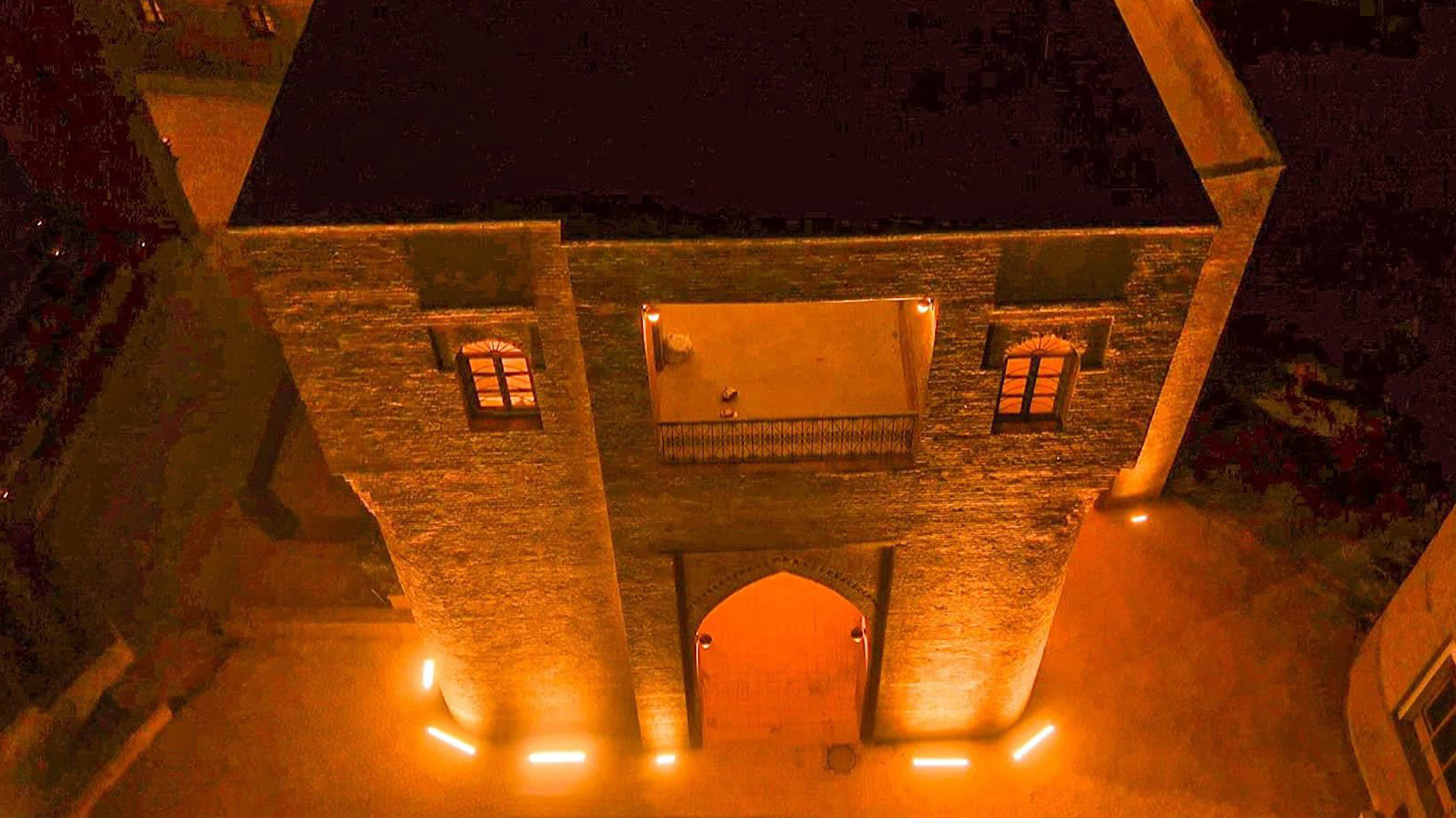
UNESCO, which inscribed the citadel on its World Heritage List in 2014, has recently dispatched an expert mission to Erbil to evaluate the progress. Preliminary assessments indicate that the project is on track with international conservation standards, despite ongoing challenges in integrating sewage, water, and power infrastructure without compromising historical integrity.
What sets this restoration apart is its insistence on reviving the spirit of the place, not merely its physical form. The citadel’s famed inward-facing homes, labyrinthine alleyways, and defensive architecture are being treated not just as historical artifacts, but as frameworks for daily life, community ritual, and generational memory.
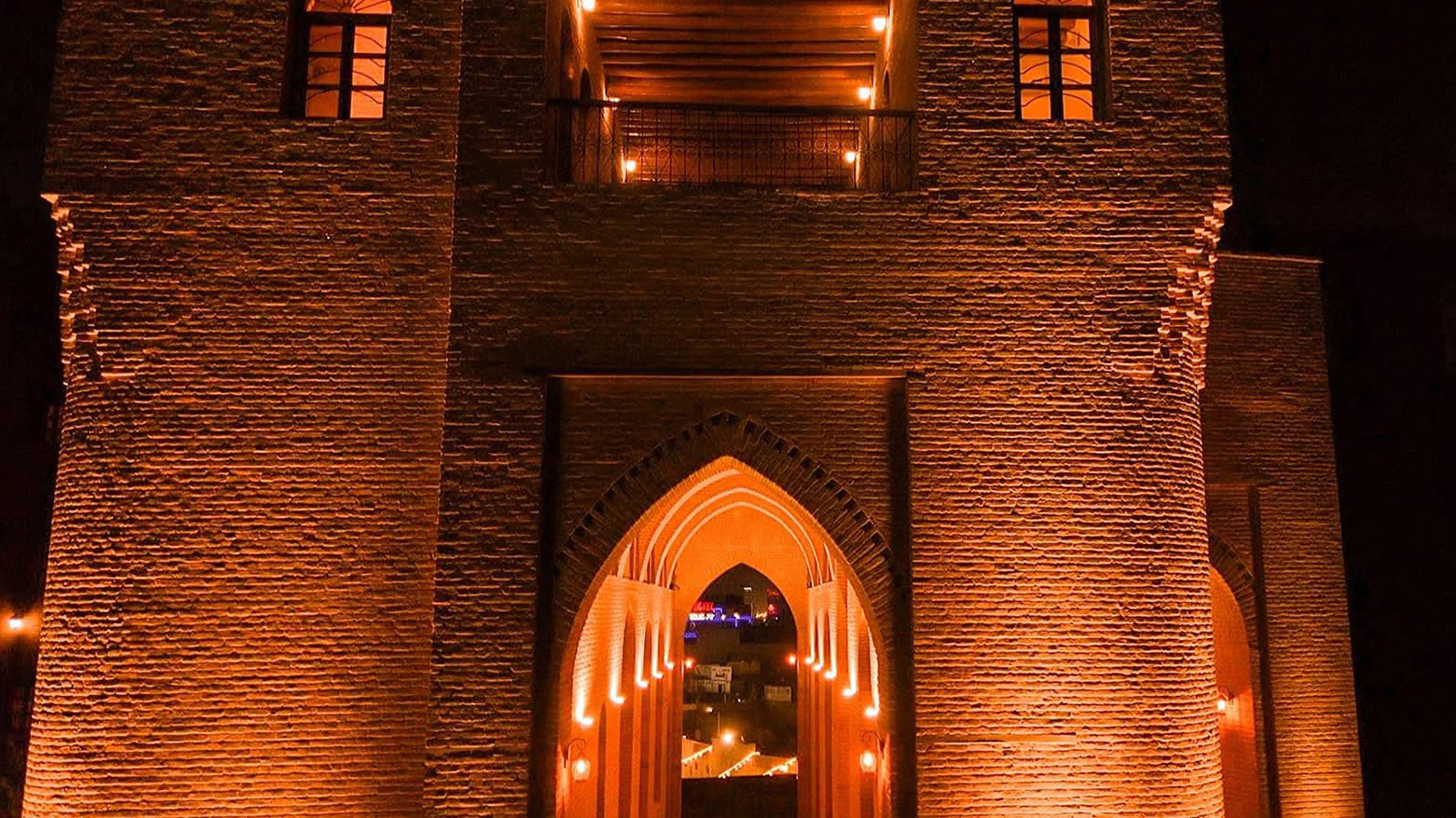
Observers note that Erbil Citadel is more than just an architectural site — it remains a central symbol of Kurdish cultural continuity and historical resilience. Its revival is widely seen as part of the Kurdish effort to reclaim and live within spaces of ancestral importance, resisting the reduction of heritage to passive monumentality.
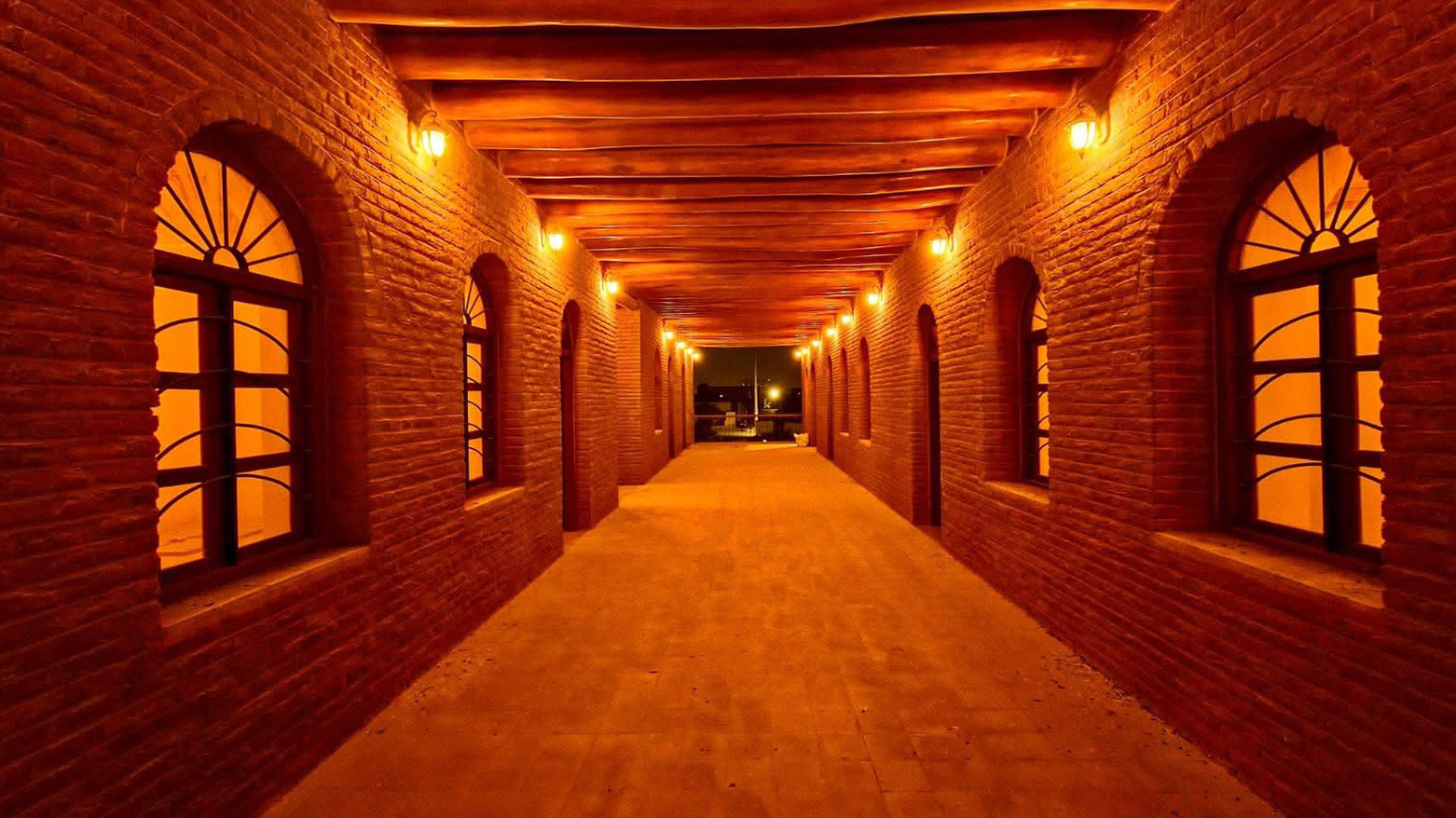
With tourism to the site gradually returning, and interest growing from international historians and architects, the citadel’s emerging glow is more than aesthetic. It signals that the dream of a Kurdish city that seamlessly merges ancient memory with modern vitality is closer than ever to realization.
As night falls over Erbil and its grand citadel rises against the skyline — bathed now in almost complete light — the message is clear: this is no ruin. It is a home awakening.
